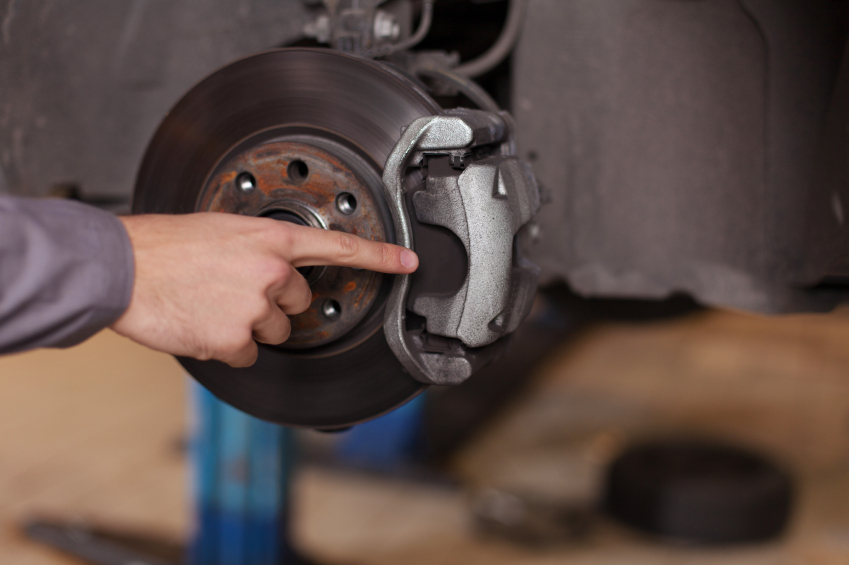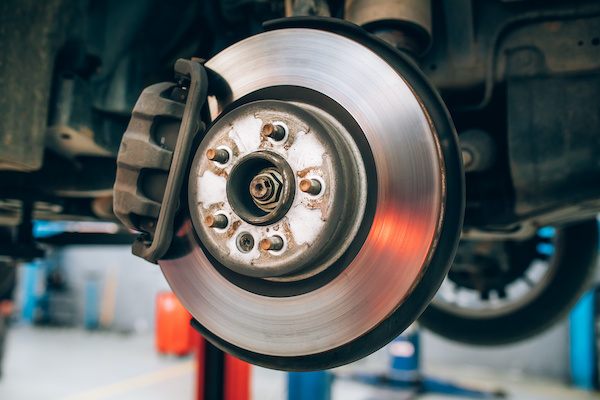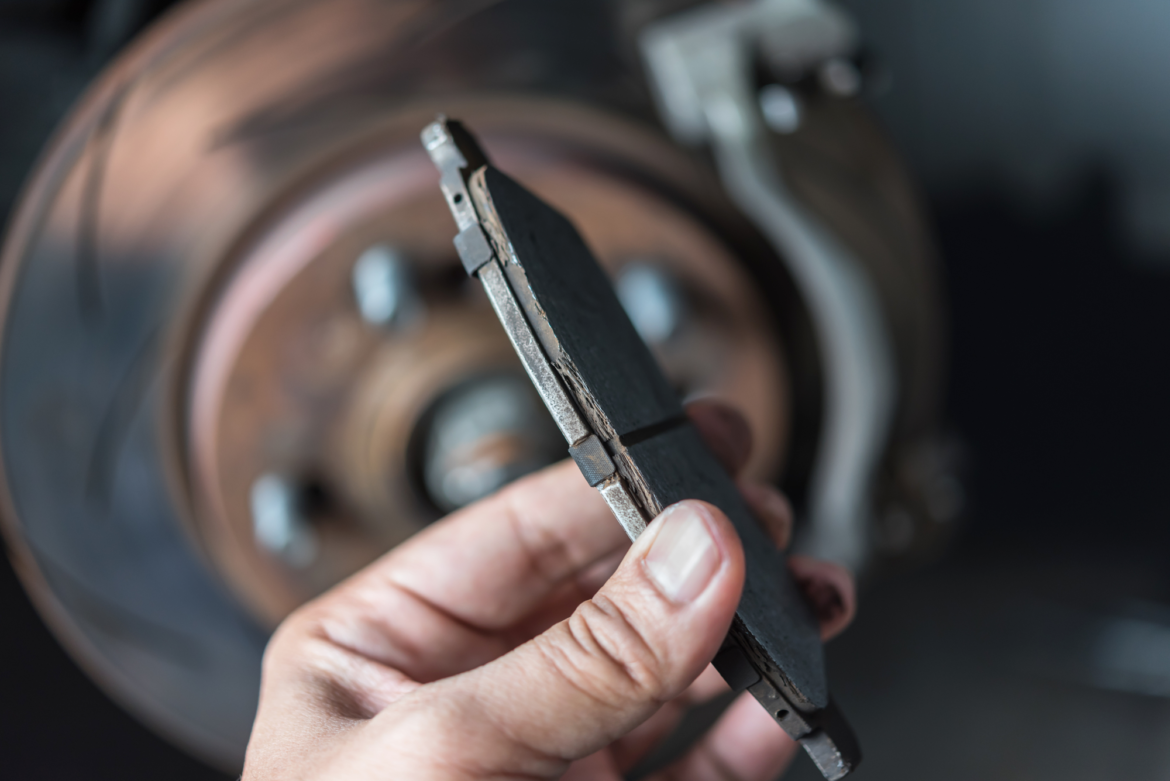Brake pads are a vital component of any vehicle’s braking system, responsible for providing the friction needed to slow down or stop the vehicle safely. Proper installation of brake pads is crucial for ensuring optimal braking performance and maintaining vehicle safety. However, incorrect installation can lead to various symptoms and potentially severe consequences. In this article, we’ll explore the symptoms of incorrect brake pad installation, the potential consequences for vehicle safety and performance, and how to prevent such issues.
Understanding Brake Pad Installation
Before delving into the symptoms and consequences of incorrect brake pad installation, let’s briefly review the typical steps involved in installing brake pads:
- Preparation: Ensure that the vehicle is securely lifted and supported on jack stands. Remove the wheels to access the brake calipers and pads.
- Caliper Removal: Depending on the vehicle’s design, you may need to remove the caliper mounting bolts to access the brake pads. Carefully detach the caliper from the rotor without damaging the brake lines.
- Brake Pad Inspection: Before installing new brake pads, inspect the brake caliper, rotor, and hardware for any signs of damage or wear. Replace any worn or damaged components as necessary.
- Pad Installation: Install the new brake pads into the caliper bracket, ensuring that they are properly seated and aligned with the rotor. Use any included hardware or shims to secure the pads in place.
- Caliper Reinstallation: Carefully reattach the caliper to the caliper bracket, taking care not to pinch or damage the brake lines. Tighten the caliper mounting bolts to the manufacturer’s specifications.
- Testing: Once the brake pads are installed, pump the brake pedal several times to restore brake pressure. Check for any leaks or unusual noises before driving the vehicle.

Symptoms of Incorrect Brake Pad Installation
Incorrect brake pad installation can manifest in various symptoms, indicating potential issues with the braking system. Some common symptoms to watch out for include:
- Squealing or Squeaking Noise: Improperly installed brake pads may produce squealing or squeaking noises during braking. This could indicate misalignment, insufficient lubrication, or improper seating of the pads against the rotor.
- Grinding or Metal-on-Metal Noise: If you hear a grinding or metal-on-metal noise when applying the brakes, it could signify that the brake pads are worn down to the metal backing plate. Incorrect installation may accelerate pad wear and lead to premature metal-to-metal contact.
- Uneven Brake Wear: Improperly installed brake pads may wear unevenly, with one pad wearing down faster than the others. This can result from misalignment, caliper piston issues, or uneven distribution of braking force.
- Reduced Braking Performance: If you notice a decrease in braking effectiveness or longer stopping distances, it could indicate that the brake pads are not making proper contact with the rotor. This may result from misalignment, pad contamination, or insufficient pad material.
- Brake Drag: Incorrectly installed brake pads may cause the caliper to drag against the rotor, leading to excessive heat buildup and premature wear. Brake drag can result from misalignment, caliper piston binding, or inadequate lubrication. More details can be found at the link: https://outdoorlogic.net/why-does-my-car-ac-smell-like-vinegar/
Consequences of Incorrect Brake Pad Installation
The consequences of incorrect brake pad installation can range from minor annoyances to severe safety hazards. Some potential consequences include:
- Reduced Braking Performance: Improperly installed brake pads may compromise the vehicle’s braking performance, leading to longer stopping distances and increased risk of accidents.
- Premature Brake Wear: Incorrectly installed brake pads may wear down prematurely, requiring more frequent replacement and increasing maintenance costs.
- Rotor Damage: Misaligned or improperly seated brake pads can cause uneven wear on the rotor surface, leading to rotor warping, scoring, or hot spots. This can compromise braking efficiency and necessitate costly rotor replacement.
- Brake Fluid Contamination: If brake pads are installed incorrectly, they may come into contact with brake fluid, leading to contamination and potential brake system failure. Contaminated brake fluid can cause brake pedal sponginess, reduced braking effectiveness, and component corrosion.
- Safety Hazards: Perhaps the most significant consequence of incorrect brake pad installation is the heightened risk of accidents and injury. Faulty brakes can compromise vehicle control and increase the likelihood of collisions, especially in emergency braking situations.
Preventing Incorrect Brake Pad Installation

To prevent the symptoms and consequences of incorrect brake pad installation, follow these preventive measures:
- Follow Manufacturer Guidelines: Always refer to the vehicle manufacturer’s service manual for specific instructions and torque specifications when installing brake pads.
- Use Quality Parts: Ensure that you use high-quality brake pads that are compatible with your vehicle’s make and model. Cheap or inferior brake pads may not fit properly or meet performance standards.
- Inspect Brake Components: Before installing new brake pads, thoroughly inspect the brake calipers, rotors, and hardware for any signs of damage or wear. Replace any worn or damaged components to ensure proper brake function.
- Proper Lubrication: Apply a thin layer of high-temperature brake lubricant to the backing plate and caliper contact points to prevent squealing and ensure smooth pad movement.
- Caliper Alignment: Properly align the brake caliper with the rotor to ensure even pad contact and prevent premature wear. Use a caliper piston tool to retract the caliper piston fully before installing new pads.
- Test Brakes: After installing new brake pads, perform a thorough brake system test to ensure proper operation and detect any abnormalities. Test the brakes at low speeds in a safe environment before resuming normal driving.
By adhering to proper installation procedures and conducting thorough inspections, you can minimize the risk of incorrect brake pad installation and its associated symptoms and consequences. Remember that maintaining a properly functioning braking system is essential for vehicle safety and overall driving experience. If you’re unsure about installing brake pads yourself, consider seeking professional assistance from a qualified mechanic or automotive technician. Investing in proper brake maintenance and installation can help keep you safe on the road and prolong the lifespan of your vehicle’s braking components.



